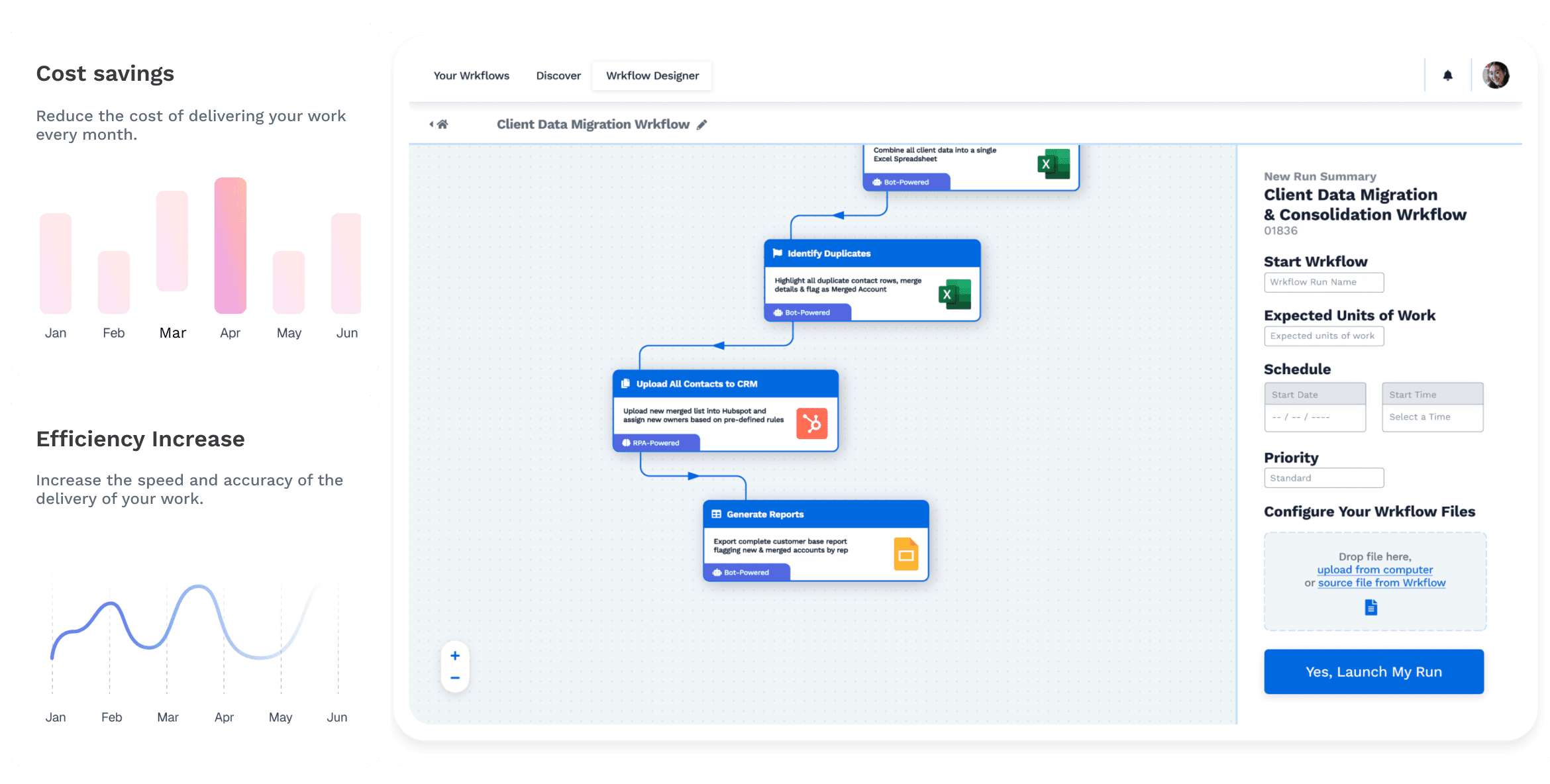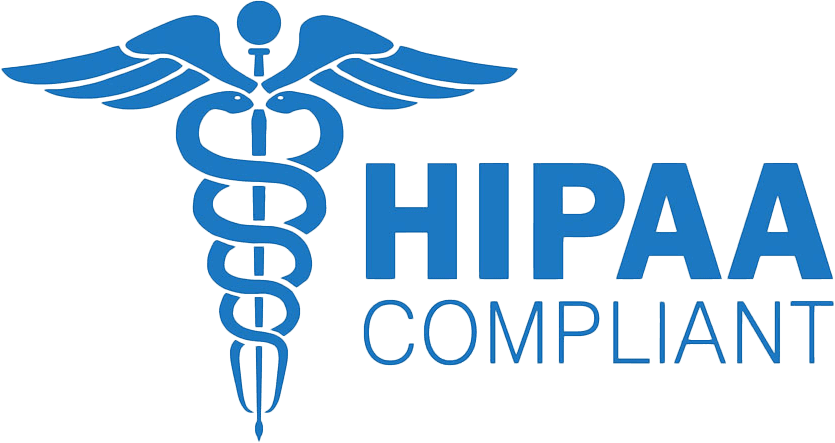Date de publication
2023-05-31
HR analytics involves the use of data and analytics to make informed decisions in the field of human resources. It analyzes and interprets HR-related data to gain valuable insights that drive strategic decision-making. Data-driven decision-making is essential because it allows organizations to base their actions and strategies on objective evidence rather than subjective judgments. Automation plays a crucial role in HR analytics.
The Benefits of Automation in HR Analytics
Automation offers several benefits in the realm of HR analytics. Automating repetitive tasks increases efficiency and accuracy. HR professionals can save time and allocate their efforts to more strategic and value-adding activities. Automation streamlines processes by eliminating manual interventions, reducing the risk of errors, and improving efficiency.
Another advantage of automation in HR analytics is the enhancement of data quality and integrity. Automated systems can capture and process data standardized and consistently, minimizing human errors and ensuring data accuracy and reliability. This high-quality data forms the foundation for robust analysis and decision-making.
Automation also improves data analysis capabilities. Advanced algorithms and machine learning techniques can identify patterns, correlations, and trends in HR data that may not be readily noticeable to human analysts. By automating the analysis process, organizations can gain deeper insights and make data-driven decisions with greater precision.
Critical Areas for Utilizing Automation in HR Analytics
Automation can be effectively utilized in various areas of HR analytics. In recruitment and talent acquisition, automation can automate resume screening and applicant tracking, saving time and effort for HR professionals. Additionally, predictive analytics can identify the most suitable candidates based on historical data and performance indicators.
For employee performance management, automation can facilitate the implementation of automated performance evaluation and feedback systems. These systems can streamline the feedback process, ensure consistency, and provide real-time monitoring and feedback tools that enhance performance management practices.
Automation also plays a crucial role in employee engagement and retention. Automated surveys and sentiment analysis tools can gather employee feedback and sentiments, providing valuable insights into the workforce's engagement levels and identifying areas for improvement. Predictive analytics can also identify attrition risks, enabling proactive measures to retain top talent.
Automation can assess employees' training needs in learning and development and recommend personalized learning paths. By leveraging automated training needs assessment, organizations can optimize their learning programs and provide targeted development opportunities to employees.
Additionally, automation can be employed in compensation and benefits management. Automated salary benchmarking tools can provide accurate and up-to-date salary data, enabling organizations to make informed decisions regarding compensation packages. Data-driven compensation analysis can help identify pay disparities and ensure fair and equitable compensation practices.
Challenges and Considerations in Implementing Automation for HR Analytics
While automation offers significant benefits, there are challenges and considerations organizations must address when implementing automation in HR analytics. Data privacy and security concerns are critical, as HR analytics involves handling sensitive employee information. Proper data protection measures and compliance with relevant regulations must be implemented to safeguard employee privacy.
Integration of disparate HR systems is another challenge. Many organizations have multiple HR systems that may not seamlessly communicate with each other. Ensuring smooth integration and data flow between these systems is essential for effective automation in HR analytics.
Maintaining data accuracy and reliability is crucial for credible analytics outcomes. Organizations must establish data governance practices, including validation, cleansing, and quality assurance processes, to ensure data integrity and prevent erroneous analysis.
Ethical considerations and bias mitigation are also significant factors. Automation relies on algorithms and models that may inadvertently introduce bias into decision-making processes. Organizations must be vigilant about identifying and addressing discrimination to ensure fair and equitable HR practices.
Furthermore, change management and employee buy-in are essential for successful automation implementation. Employees must understand the benefits of automation and be trained to use data analysis tools effectively. Change management strategies should be employed to foster a culture that embraces automation and data-driven decision-making.
Best Practices for Implementing Automation in HR Analytics
Organizations should follow some best practices to implement automation in HR analytics effectively. Clear goals and objectives should be defined to align automation efforts with the organization's strategic priorities. Identifying relevant metrics and key performance indicators (KPIs) ensures that automated systems focus on measuring and tracking the most critical aspects of HR performance.
Selecting appropriate automation tools and technologies is crucial. Organizations should evaluate and choose tools that align with their specific HR analytics needs and integrate well with existing HR systems. The selected devices should support the organization's goals and provide the necessary functionalities for efficient data processing and analysis.
Establishing data governance and quality assurance processes is vital to ensuring the accuracy and reliability of HR data. Organizations should define data management protocols to maintain data integrity and consistency, including validation, cleansing, and documentation.
Training HR professionals on data analysis and interpretation is essential for successful automation implementation. HR teams must develop data literacy, analytics, and interpretation skills to effectively utilize automated HR analytics tools and make informed decisions based on data insights.
Regularly reviewing and updating automation processes is essential to ensuring their ongoing effectiveness. As HR analytics needs evolve and new technologies emerge, organizations should continuously assess their automation strategies and make necessary adjustments to optimize their HR analytics capabilities.
Case Studies of Successful Automation in HR Analytics
Several organizations have successfully leveraged automation in HR analytics to drive significant improvements. For example, Company A streamlined its recruitment processes by implementing automated resume screening and applicant tracking systems. This resulted in faster candidate shortlisting and improved hiring efficiency.
Company B improved its performance evaluation and feedback processes by adopting automated systems. Real-time monitoring and feedback tools provided timely insights into employee performance, enabling managers to provide immediate feedback and support continuous improvement.
Company C enhanced employee engagement and retention using automated surveys and sentiment analysis tools. The insights gained from these tools helped identify key drivers of engagement and allowed the organization to take proactive measures to improve employee satisfaction and retention rates.
Future Trends and Opportunities in HR Analytics Automation
The future of HR analytics automation holds exciting possibilities. Advanced analytics and predictive modelling techniques will continue to evolve, enabling organizations to gain more accurate and actionable insights from HR data. Natural language processing and sentiment analysis will further enhance the analysis of unstructured data, such as employee feedback and social media sentiments.
Integration with artificial intelligence and machine learning will empower HR analytics systems to learn and adapt, improving the accuracy and effectiveness of automated processes. Additionally, the expanded use of robotic process automation will automate repetitive HR tasks, freeing HR professionals to focus on more strategic activities.
Conclusion
Automation is pivotal in HR analytics, offering numerous benefits such as increased efficiency, time savings, enhanced data quality, improved analysis capabilities, and identifying trends and patterns. Organizations can optimize their HR processes and make data-driven decisions by leveraging automation in critical areas such as recruitment, performance management, employee engagement, learning and development, and compensation management.
Implementing automation in HR analytics comes with challenges and considerations, including data privacy, system integration, data accuracy, ethical considerations, and change management. Organizations can overcome these challenges by following best practices, including defining clear goals, selecting appropriate tools, establishing data governance processes, providing training, and regularly reviewing automation processes.
Future trends in HR analytics automation include advanced analytics, natural language processing, AI integration, and robotic process automation. By embracing these trends and opportunities, organizations can unlock the full potential of automation in HR analytics and drive impactful decision-making in their human resources management.
Start Automating with Wrk
Kickstart your automation journey with the Wrk all-in-one automation platform








